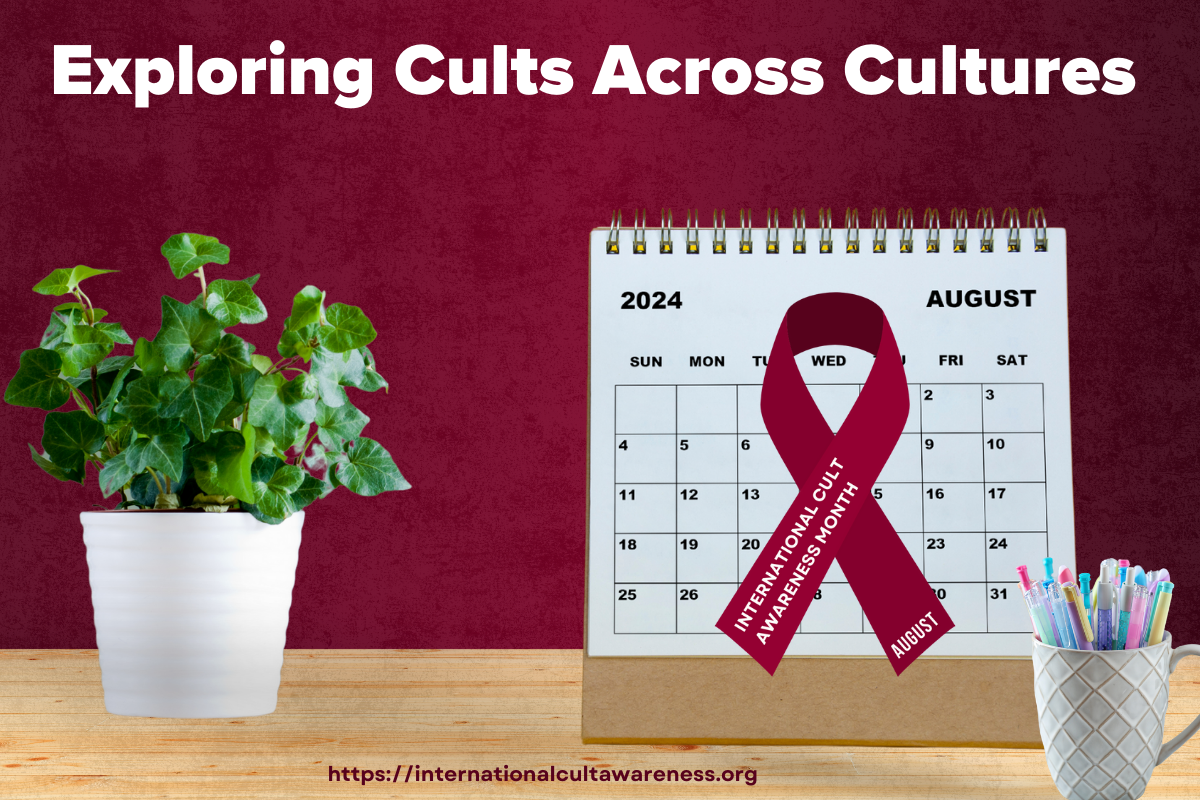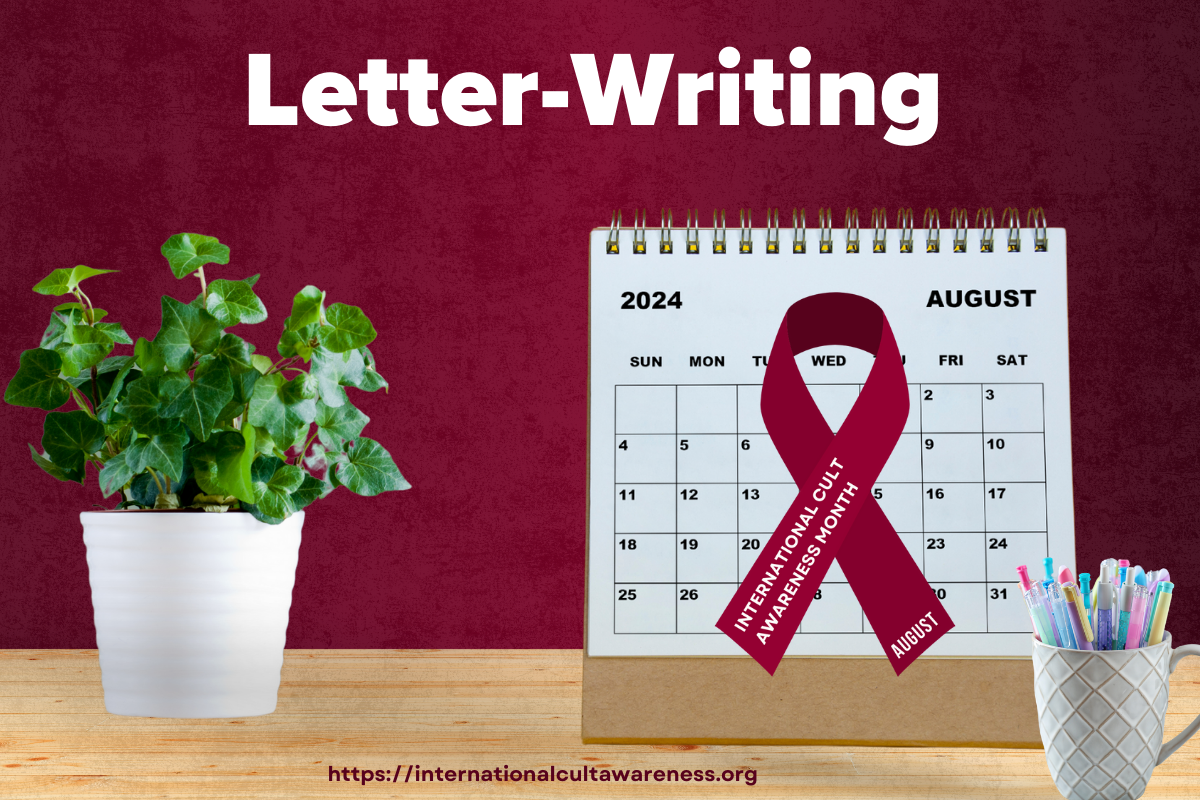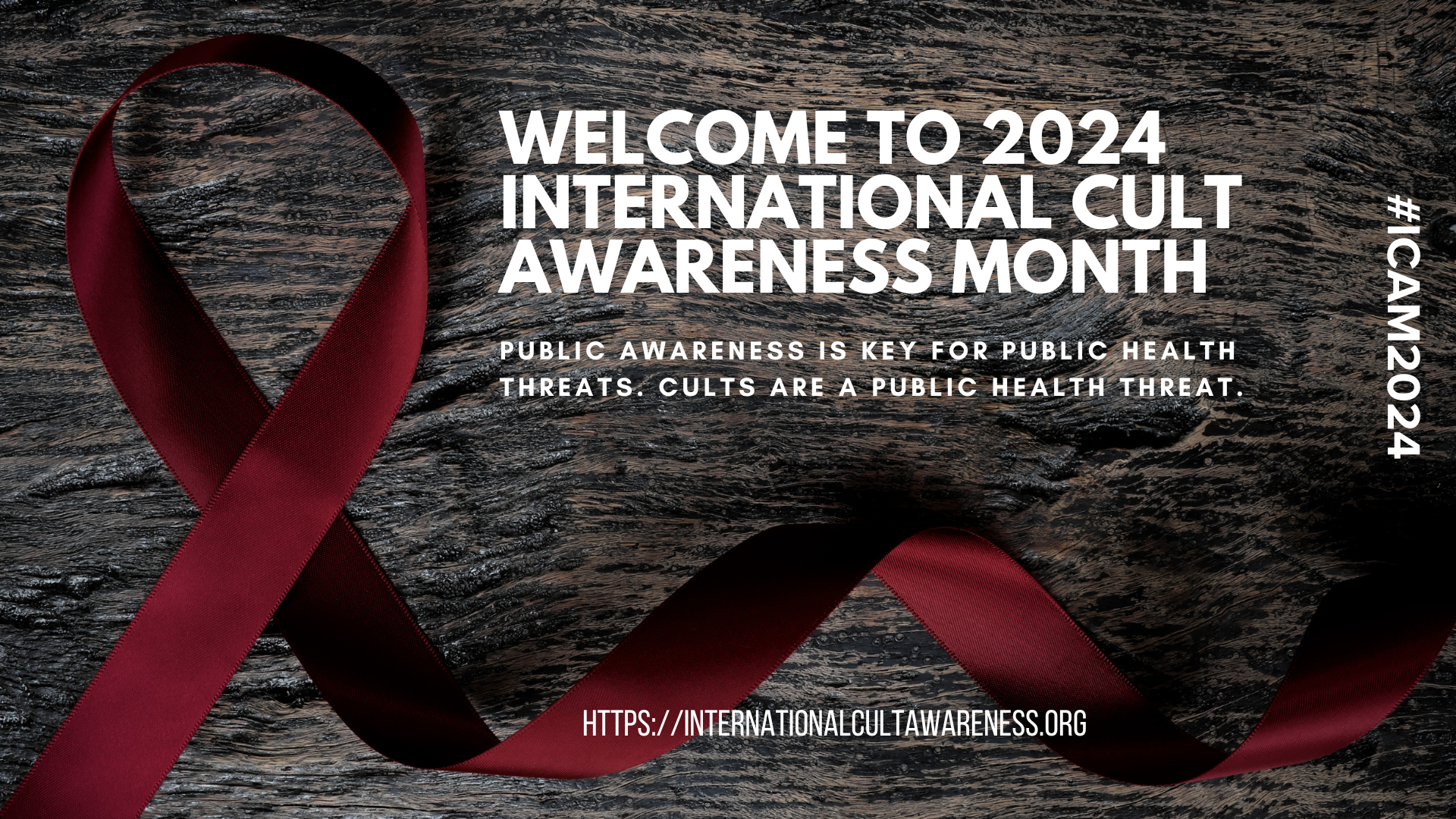-
Breaking the Stigma: Exploring Cults Across Cultures

Discussing and exploring the impact of cults across cultures, featuring insights on myths, recruitment tactics, and prevention.
-
#ICAM2024 Web Panel – Discuss Policy and Cults – a How-to Guide

The Freedom Train Project hosted a web panel, led by Dr. Tabitha Chapman, discussing public policy and cults, highlighting the need for tailored interventions to support cult survivors.
-
Writing your Representatives

Writing your representatives helps to get your voice heard. Let’s request that August be declared International Cult Awareness Month.
-
2024 International Cult Awareness Month: How to Get Involved

Welcome to ICAM 2024! We are thrilled to announce the 2024 International Cult Awareness Month (ICAM). During August, we dedicate time to raise awareness, educate, and inspire action against the dangers of cultic practices. This year, our theme is “Policy and Cults.” Therefore, we are focusing on the role of policy making, legal precedents, community…
-
International Cult Awareness Month: The BIG Why

Like Odysseus, ensnared by the song of the Sirens, victims of cults are often entrapped by coercion. International Cult Awareness Month is here to help.
-
How do I Support the Strong Survivors during Cult Awareness Month?

Welcome to the inaugural International Cult Awareness Month. Week 1 concerns very basic information regarding cults.
